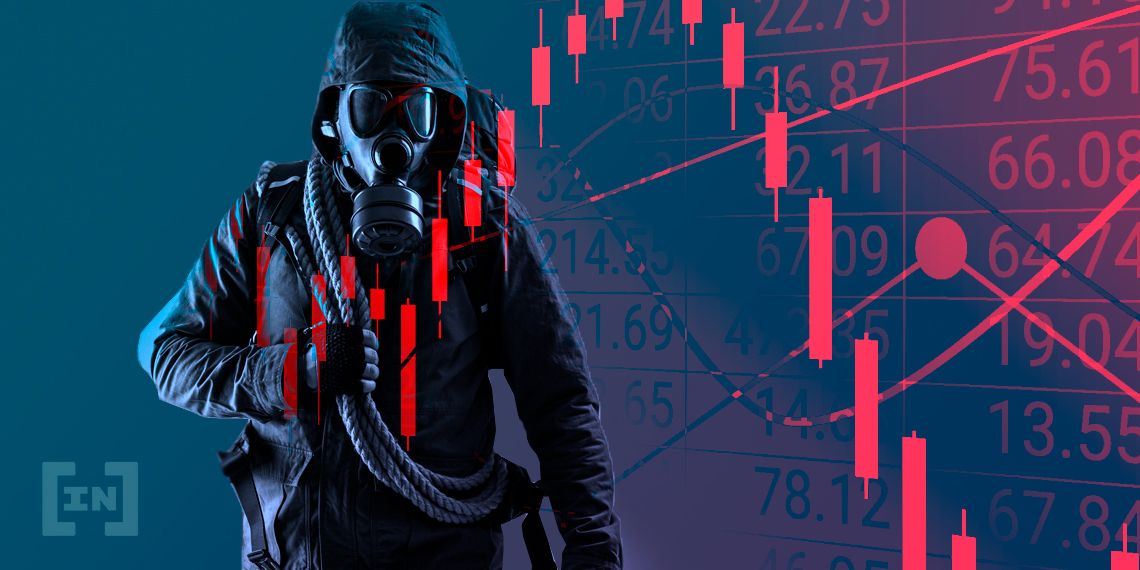
TWEE’s Meteoric Rise and Fall
According to Tweebaa’s whitepaper, its founding team includes Margaret Wang, a Chinese-born Canadian DRTV shopping presenter, Kevin Harrington, a former “Shark” from reality TV series “Shark Tank,” and Denis O’Brien, a two-time Emmy winning director.Debuting on BitMart at $0.06 on December 19, 2019, TWEE rapidly gained popularity, raising hundreds of millions of dollars from crypto investors. By February 2020, its price had risen more than tenfold to $0.70, making it one of the quickest growing coins on the entire market. By July, it had hit $3, and this was when it started to take off. Between July 3 and August 30, TWEE rocketed up from $3 to just under $81, leading to a series of self-congratulatory posts boasting that the token could go as high as $500. Suddenly without warning on September 4, TWEE tanked spectacularly, falling from $81 to $5. By September 6, it fell as far as $1.60 before paring back to $4.$TWEE hits $50
— Tweebaa Inc. (@tweebaa) August 27, 2020
Increased from $5 to $50 within 30 days
What is TWEE? 100x altcoin? 500x altcoin? the next $Bitcoin?$TWEE is just started and nothing impossible #cryptomiracle #tweebaa #iLoveTwee #Twee4Me pic.twitter.com/GVfnSKMhM5

Furious Investors Left Holding the Bag as Tweebaa Launches New Token
Immediately after this crash, BitMart restricted over a dozen trading accounts for unusual activity, and Tweebaa quickly put out a tweet telling token holders to keep holding their TWEE, assuring them that the crash was caused by a malicious external attack.Shortly thereafter, the company released an official announcement claiming that it had spent 30 million USDT in an unsuccessful attempt to protect TWEE’s value. In a bizarre twist, the same blog post contained an announcement for a new Tweebaa token called BUCK,Don't panic and hodl $TWEE
— Tweebaa Inc. (@tweebaa) September 4, 2020
After investigation, we confirmed that someone deliberately mass dumped the TWEE token today
BitMart is verifying all the transactions, will do its best to freeze any illegal trading account#rollercoasterday #iLoveTwee
in order to promote the healthy operation of the big ecology of Tweebaa.Predictably, TWEE holders reacted with fury as the project, which claimed to have received over $20 million in funding, seemingly went up in smoke. Chinese blockchain journalist Colin Wu reports that following the crash and subsequent assurances from Tweebaa and BitMart, a number of Chinese investors who saw their profits evaporate began reporting to the police, demanding that Tweebaa pay the ATH value for their TWEE tokens. Since cryptocurrency, by nature, is ungoverned and decentralized, without Chinese state approval, it remains to be seen how the issue will be resolved.
External Attack or Aircoin Scam?
Tweebaa continues to insist that the September 4 incident was externally instigated and that its plan for TWEE has always focused on the long-term. The evidence, however, appears to disagree with this, for two key reasons: the coin supply and BitMart’s full transparency in dealing with the matter. According to the TWEE whitepaper, the team behind the platform maintains control over effectively 99.5 percent of TWEE tokens, with 49.6% held directly by the team and 50% reserved for mining. Mining of TWEE tokens requires approval, and at the time of the crash, no one had ever actually mined them.
Trusted
Disclaimer
In compliance with the Trust Project guidelines, this opinion article presents the author’s perspective and may not necessarily reflect the views of BeInCrypto. BeInCrypto remains committed to transparent reporting and upholding the highest standards of journalism. Readers are advised to verify information independently and consult with a professional before making decisions based on this content. Please note that our Terms and Conditions, Privacy Policy, and Disclaimers have been updated.

